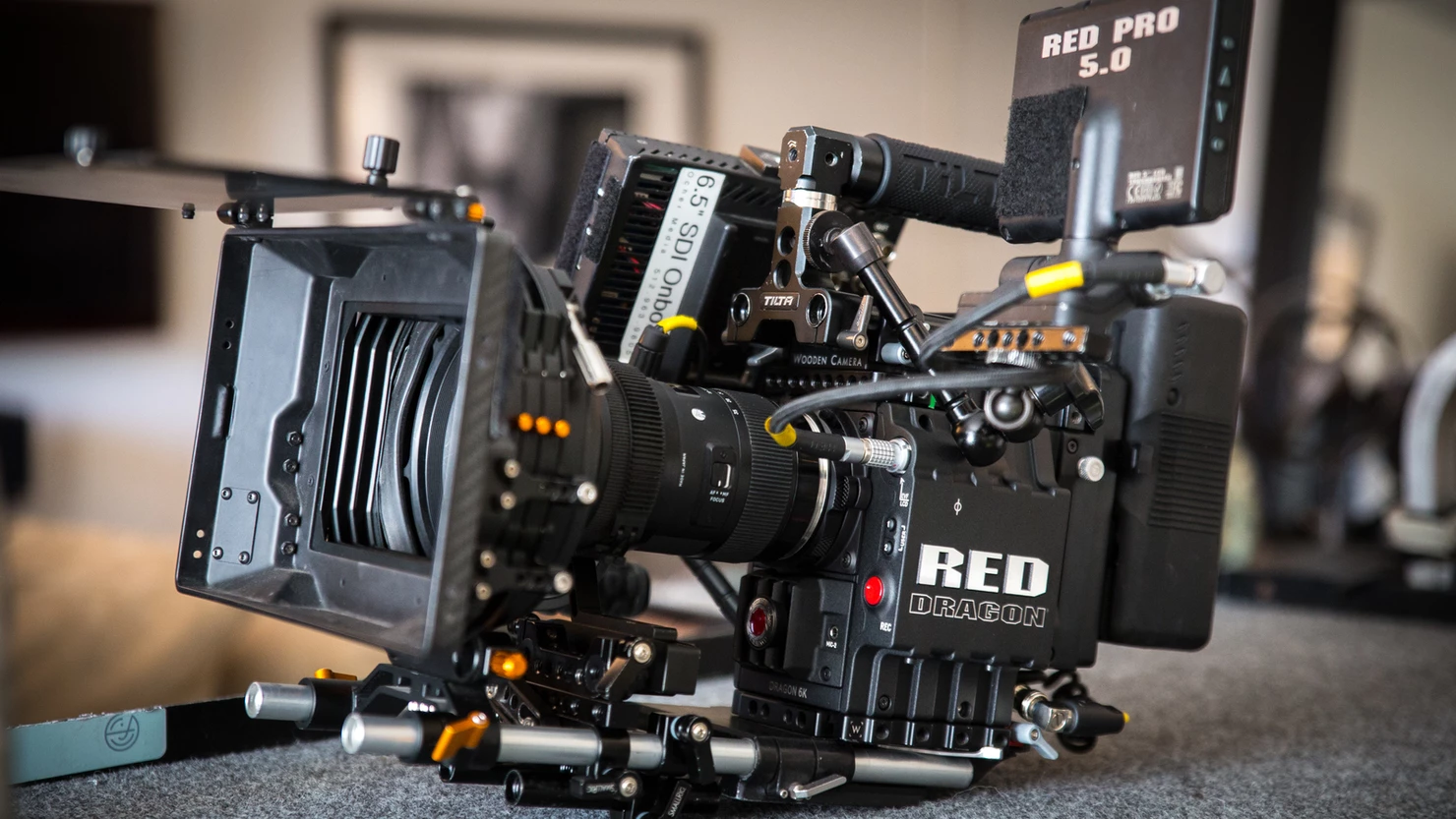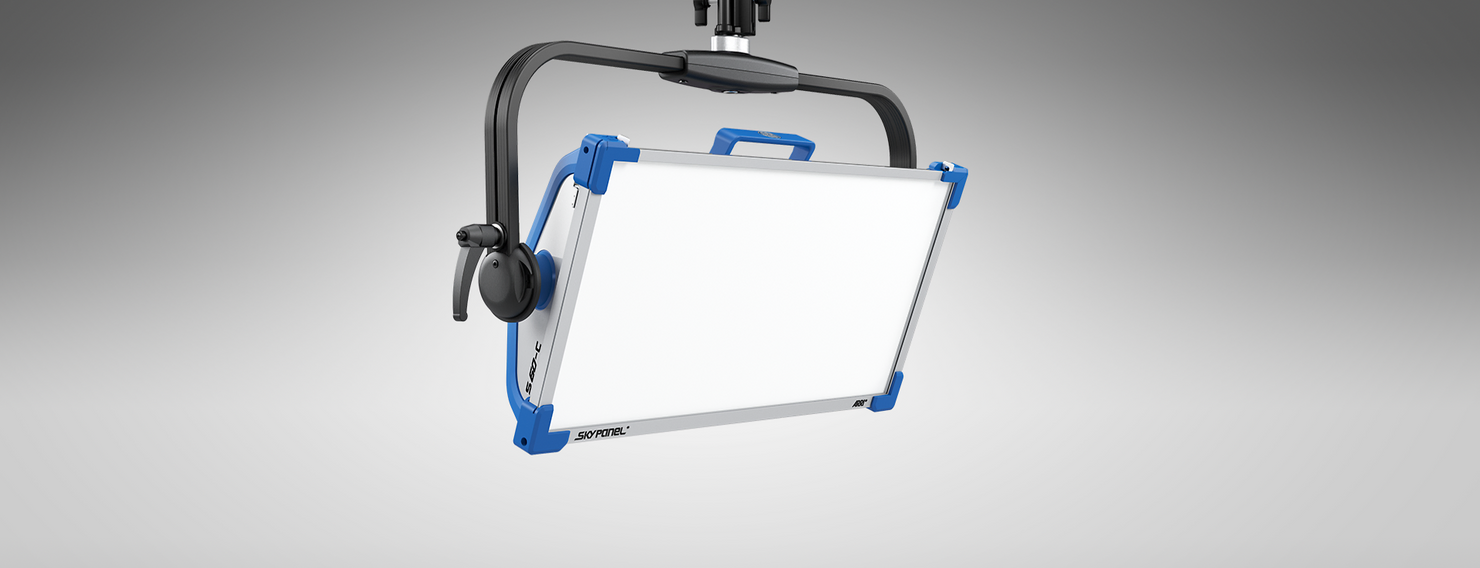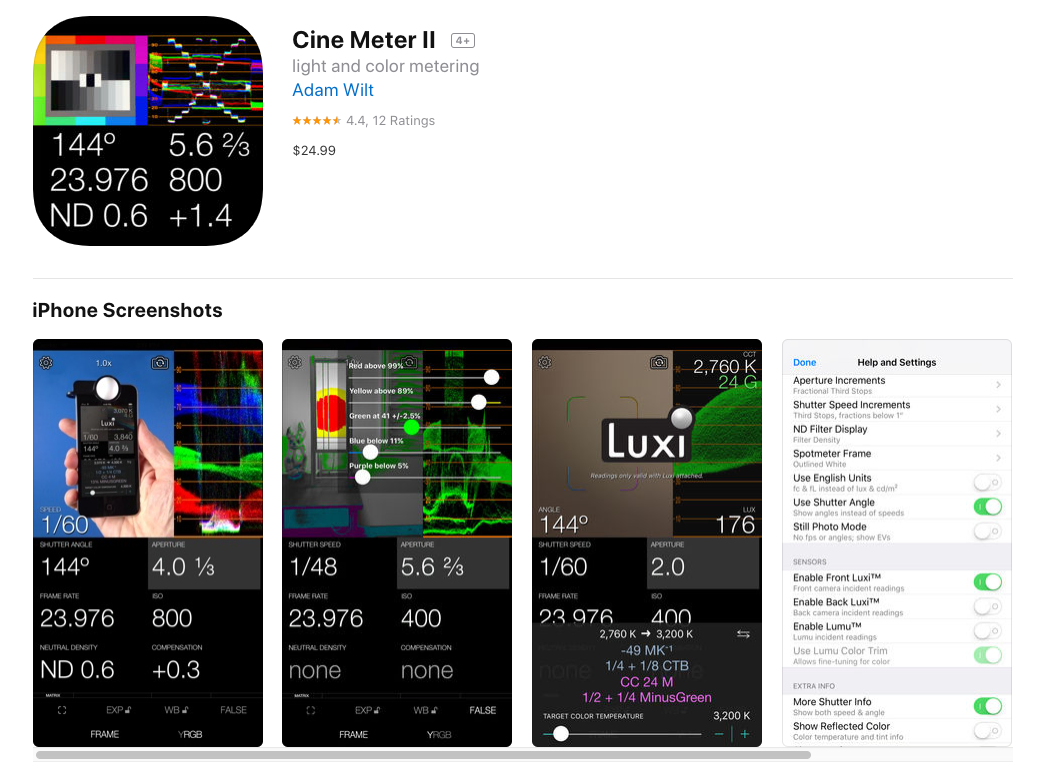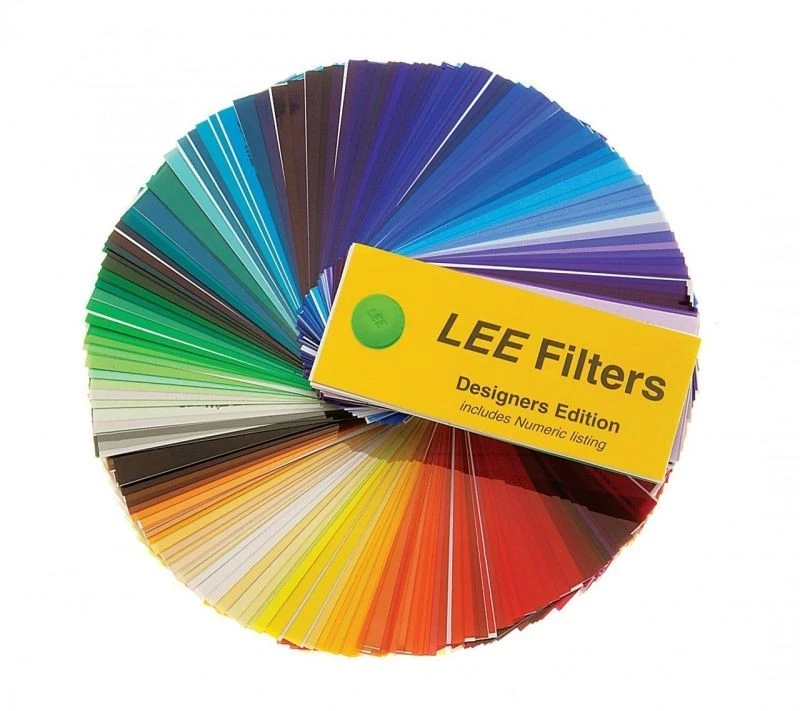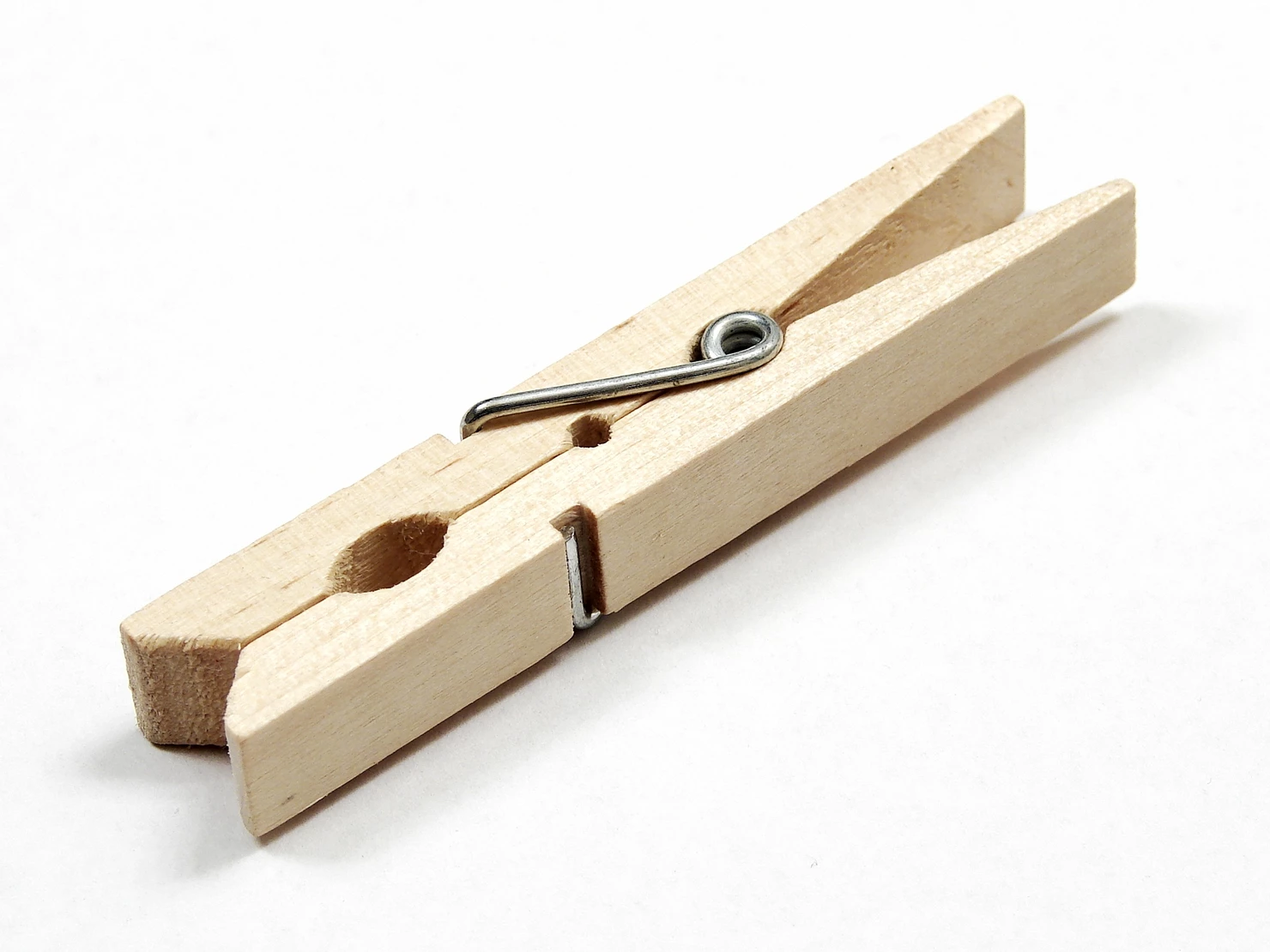Another shoot, another lighting challenge
I confronted the typical problems on a commercial shoot recently: tight budget, a lot of set-ups, and a small crew. On the scout I knew that I wouldn’t be able to control the house lighting in all three office buildings we were going to film in. Although it was a three-day shoot, we had to move quickly, facilitated by a lighting package that could flow with any environment. We also needed lights we could plug into house power (no generator or tie-in).
Evolution of Lighting
Shooting on a RED Epic Dragon with a set of Zeiss CP.2 primes and a Canon 30-300mm zoom, I opted for a lighting (and grip) kit that could be reasonably handled by two people and not have them hate me at the end of each day.
I went with all LED lighting fixtures, an Arri SkyPanel and 2 Kino Flo Select 30s. My gaffer rounded out the kit with 5 Astera Titan tubes that had the same color and matching capabilities as the SkyPanel and the Selects. But, they are also battery operated and can be controlled via iPad. While the Sky Panel has a lot of output there were times when I wanted to have something harder. I definitely missed having something like an old school K5600 Joker 800 par but the producer asked me to cross off the “nice to haves” as we drew closer to the shoot.
Our creative approach required portions of the shoot to have a high key, comedy look and other portions to have a more serious, and moody look.
Our main actor had fairly deep-set eyes and I had to be sure to be more frontal with his lighting. For the high-key work I used the “house lighting” as the ambient level, in terms of brightness and color. I would then match the SkyPanel, Selects, and Asteras to that lighting, to fill-in the shadows. The Kelvin in most office spaces usually falls somewhere between 5500 and 3000. I find many are closer to 3200 or 3000 — I assume it’s a more pleasant spectrum for relaxed productivity that exists in many tech offices.
The thing to look out for is a green or magenta spike, that can be hard to see by eye but can be very prominent on film or video. I determined the Kelvin and green/magenta spike using the Cinemeter II app on my iPhone. I read the levels on each lighting fixture directly affecting the set, then took a reading off an 18% grey card and white card to determine what the levels were when all the lighting was blended together. While “house lighting” will still fall randomly on the Kelvin scale (between 5500 and 3000), I’m finding with contemporary lighting, the levels of green and magenta, have run closer to 0. Usually no more than 5 points in either direction. On this particular commercial, the house lights consistently ran between +2 or -2 points.
Lighting in the good old ’90s…
There are still a lot of lighting systems in buildings that are older and come from a day when all fluorescent, and other industrial lighting systems, had levels that would run up in to the 20 or 30 points of green and/or magenta. In the 1990s, when I first entered the industry, this was common. The predominant spike was green. One way to approach this was to use daylight balanced units and gel the fixtures with the proper level of green to match the “house lights”. This affected the budget since the best daylight balanced units were HMIs, which were expensive rentals, required a lot of power, and properly trained people to operate them.
Also, rolls of LEE and Rosco gel were, and still are, just about the most expensive expendable item in the lighting world. A glass magenta filter could then be added to the lens to remove the all the green or it could also be done in post during the color-correction process. Another option would have been to swap out the globes in the “house lights” to properly balanced globes but that’s costly or just impossible depending on the size of the set, number of fixtures, and the time you have to use the space for set-up, filming, and break-down.
Another obstacle we would have to deal with in the 90’s was the heat generated from the lighting fixtures. Thanks to the film Bar Fly, shot by Robby Müller, Kino Flo came along with a fluorescent lighting system to replace power eating and heat generating incandescent and HMIs. Kinos ran cool and didn’t require a lot of power. Kino Flos were a game changer and, I think, the beginning of the way people thought about film lighting fixtures and the overuse of incandescent and HMI lighting fixtures. While they did come in a few Kelvin temps (5500, 3200, and later 2800) they did not adjust for the green/magenta spike. This still had to be corrected with gels. The gels would make the Kino Flo warmer, which in turn would make them greener and in turn would require more gel. This was a vicious cycle that would waste time and money.
Lighting with Michael Mann in the 2000s
In 2003, when I worked on the lighting team for the Michael Mann film, Collateral, we embraced the industrial lighting of Los Angeles. The lighting couldn’t be too green or magenta and we worked hard to make that happen. Of course, our lighting kit on that project had everything from the biggest to the smallest of incandescent, HMI, and Kino Flo fixtures. To light the inside of the many vehicles we shot in and around, we used a phosphorescent paper lighting system that was very much experimental. It required special and heavy transformers, that had to ride inside the vehicle and was powered by either a process trailer or an inverter attached to the vehicle’s battery. Needless to say, 90% of the work we did was cabling and getting the fixtures powered. We had to develop our own cabling system, since nothing existed. The upside to the phosphorescent paper was they were properly color balanced, easy to hide, dimmable, and we could custom make them to any size and shape we needed. In the end, it wasn’t an efficient system and it never caught on in the industry. Today we would probably make heavy use of LED light strips to dial in just about any color of the spectrum we want.
Enter Desperate Housewives and LED Panels
Shortly, thereafter while working on Desperate Housewives for ABC, we began to use 1’ x 1’ LED panels made by Panel Light. These were spot on 5500 or 3200 by they still required gels to match any source that had a green/magenta spike. At the same time, the theater and concert world developed LED lighting that could match any color in the spectrum. These fixtures were quickly adopted and integrated into the film and video world.
This brings me back to today and the small commercial I just shot with Picturelab. To move as nimbly as we did, while being able to balance our lighting at the touch of a button, we needed fixtures that we could set-up, adjust, and breakdown quickly and safely. There wasn’t time or budget to have every flavor of gel required. Many of the physical obstacles in good lighting are being streamlined which allows filmmakers to focus on what’s important and not be frustrated by waiting for “that piece of gear”. This all hit me when I looked around and I could see something was missing… not a c-47 in sight.

